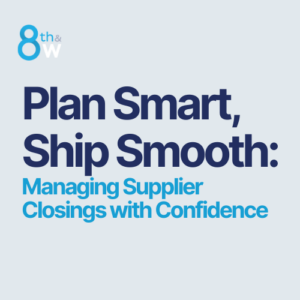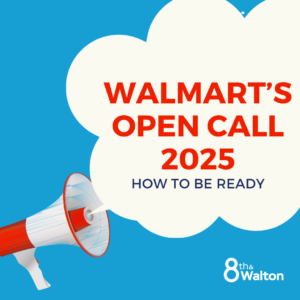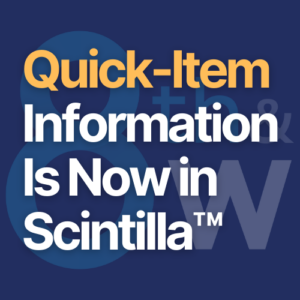 There’s a new discussion around an old topic in retail: private label. While store brands or generics have been a part the selection for years, a renewed focus has been put on these programs recently.
There’s a new discussion around an old topic in retail: private label. While store brands or generics have been a part the selection for years, a renewed focus has been put on these programs recently.
To find out firsthand what’s happening with private label (and best practices for suppliers and retailers starting new initiatives), we sat down with Chris Koerner on a recent 8th & Walton Conference Call podcast. Chris lead supplier teams on private label programs for retailers, and he brings a wealth of knowledge on launching them successfully.
Why Is Private Label a Priority?
It seems like there’s more chatter in the supplier world lately about this topic. My first question to Chris was to shed some light on why this initiative seems so hot.
“Frankly, because it’s so hot with Walmart right now,” Chris explains. “As Walmart is sending out Line Review documents (even to big brands), they’re saying one of the top priorities for them is private label. They know it’s an opportunity to reach more of their customers. It’s a great value for their customers. It’s so hot right now for suppliers because Walmart is really driving that focus.”
Private Label Perception Continues to Evolve
Retailers have gained a new appreciation for developing a store brand. Much of the change in their perception started with their customers.
in their perception started with their customers.
“The perception of private label has really changed,” Chris says. “It used to be thought of as just some ‘off brand’ that was lesser quality. Customers once viewed it as retailers holding back quality to get to a lower price-point. But private label is viewed very differently today. There’s a big quality aspect to it. You’ll even see some retailers with a Good, Better, Best just among private label.
“Today you’ll find more suppliers have realized that, instead of investing all the time, effort, and money into building their brand, they can go after private label business,” he concludes.
How Do Suppliers Take that First Step?
Chris Koerner has been there in his career. Before approaching a retailer with a proposal on developing a private label item, he offers two sound best practices.
 1. “Always try to identify where the gap is in the product offering right now that you can fill,” Chris advises. “If it’s just a ‘me, too’ thing, and even if it’s private label, it’s not as attractive to a Walmart buyer. Find the gap. Is it a quality gap? Does that segment have Good, Better, and Best, or are they missing something? Is it a price gap? Is it a size gap? What gap are you filling?”
1. “Always try to identify where the gap is in the product offering right now that you can fill,” Chris advises. “If it’s just a ‘me, too’ thing, and even if it’s private label, it’s not as attractive to a Walmart buyer. Find the gap. Is it a quality gap? Does that segment have Good, Better, and Best, or are they missing something? Is it a price gap? Is it a size gap? What gap are you filling?”
2. He goes on to explain how giving the customer a high-quality, better value item will require more effort and time.
“What you also have to realize is the timeline for private label is really extended longer than for branded items,” he explains. “It has to go through a different set of approval processes because it’s going to carry, for example, that Great Value name at Walmart. Different people are approving the graphics. They’ll check the ingredients if it’s a food item. It’s just a very different process that can take two to three times longer than it might for a branded item.”
To hear our entire interview with Chris, check out the 8th & Walton Conference Call podcast.



